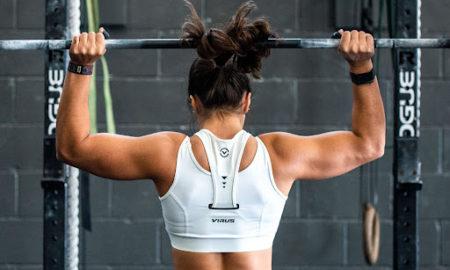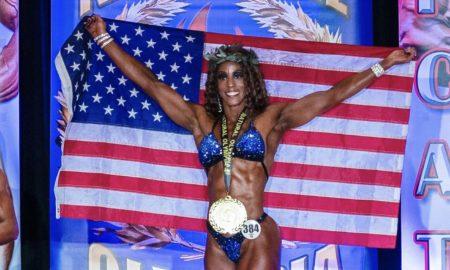My friend Bob Gajda, a Mr. America and Mr. Universe in the mid-’60s, started out as a three-letter athlete in high school. He spent four years in the Air Force as a fitness instructor, but his athletic accomplishments, while extraordinary, come in a distant second to his vision and creativity.
I first met him at the Division Street YMCA in Chicago in 1962. The YMCA had given him a couple of rooms in the basement to set up a weight-training gym. Bob took the empty rooms and put together a gym that was equipped with many of his own designs, which he had talked various people into welding together for him. The members of the Y were a diverse ethnic mix who had the common bond of working out. Bob was the undisputed cheerleader, but they also included the newly arrived from Cuba Sergio Oliva. In addition to Sergio, many local bodybuilders trained there.
The Duncan Y learned of Bob’s skills and hired him away from the Division Y. Now his fertile mind was fueled by not only his enthusiasm but also a budget, which had to bring his ideas to life. Bob created one of the best gyms in the country at that time and attracted a group of bodybuilders and weightlifters equal to the gym. Besides spending many hours keeping it all going, he was working on a master’s degree in kinesiology.
Many years before anyone else talked about range of motion, he was already applying his theories on ROM to championship weightlifters and other athletes. He talked about and created devices to enhance balance and coordination, again when no one else in our world discussed it. I sort of tolerated the conversation, since I was only interested in strength and development. Ah, but now the world has caught up with Bob’s vision. There isn’t a world-class athlete today who doesn’t work on range of motion and balance as a part of strength and skill training.
All of these memories have surfaced because of two things: 1) numerous articles that have appeared in the popular press about athletes, stretching for ROM and balance over the past few months and 2) the decline of those attributes with age. These days my workouts contain not only strength and cardio but also stretching and balance work. I wish I had starting doing them back then. As per Bob’s advice from 40-plus years ago, I don’t overdo stretching, and I only do it when fully warmed up—after I have worked the bodypart. Bob was the first to state that everyone has a unique range of motion. If you exceed it, you can damage the joint and cause instability in the joint.
I have recently added a new five-minute routine to my regular program that includes stretches for my lower back, shoulders, hamstrings and quads and some balance work. Those short routines have given my training a new dimension and have reenergized me.
To comment, please send e-mail to [email protected]. IM
















You must be logged in to post a comment Login